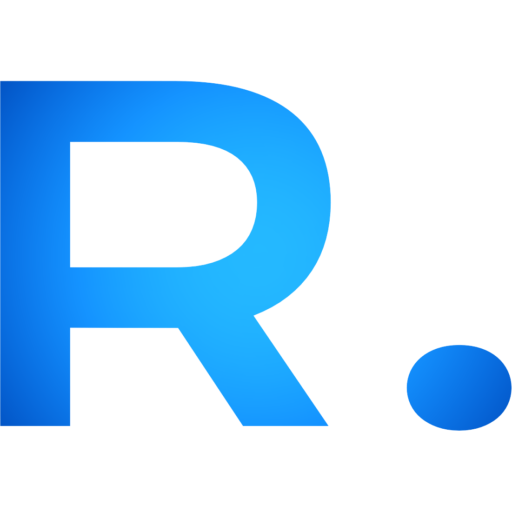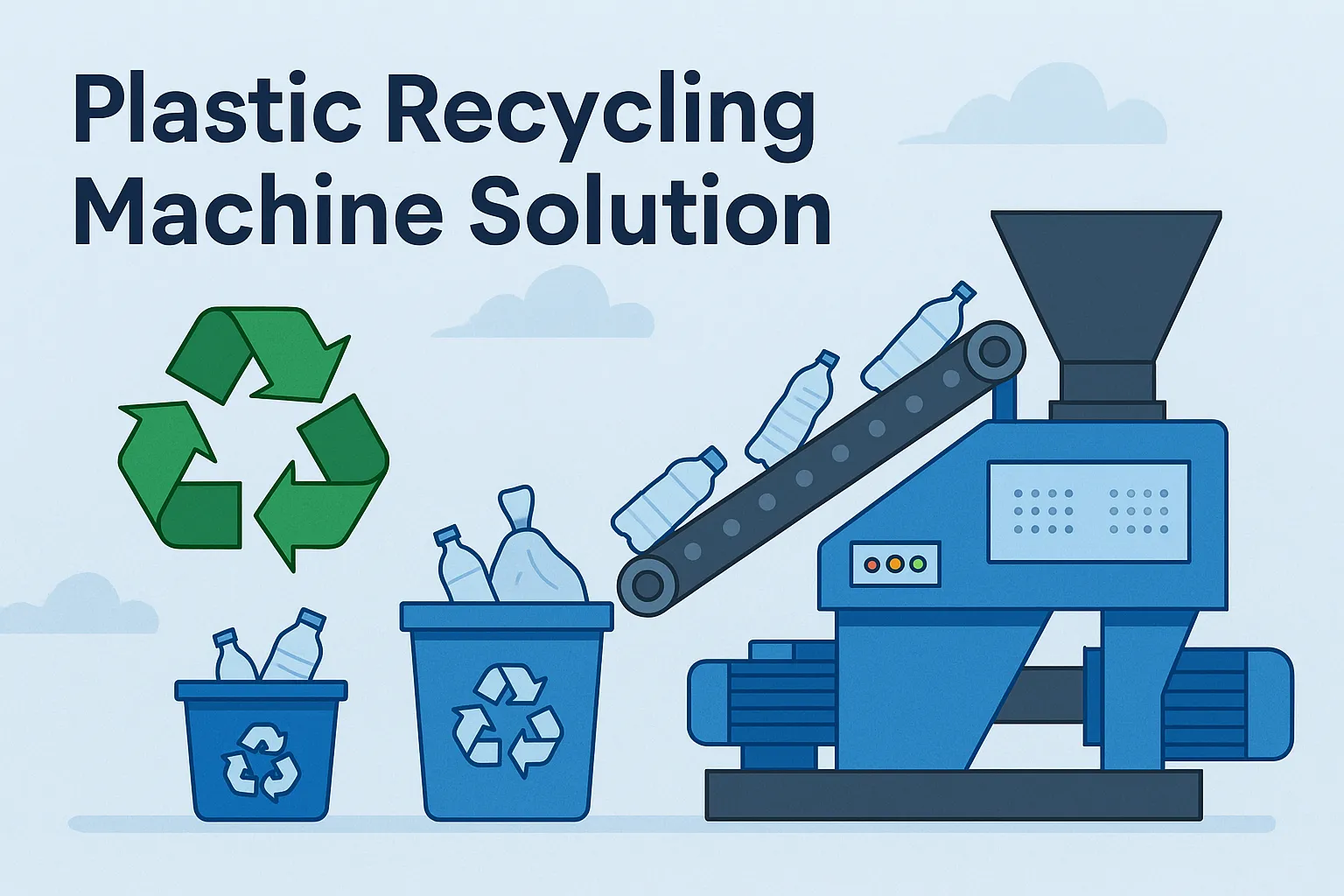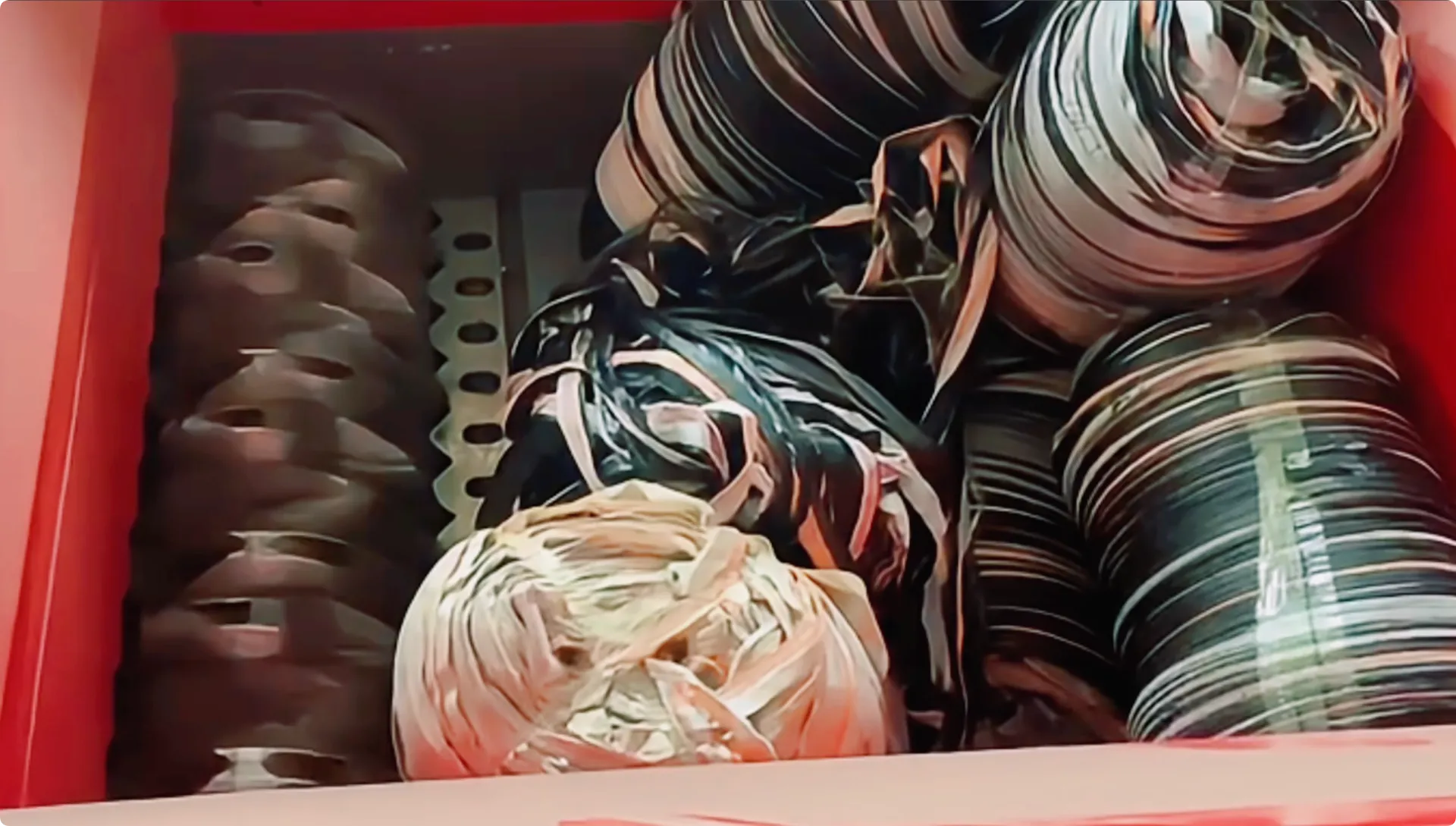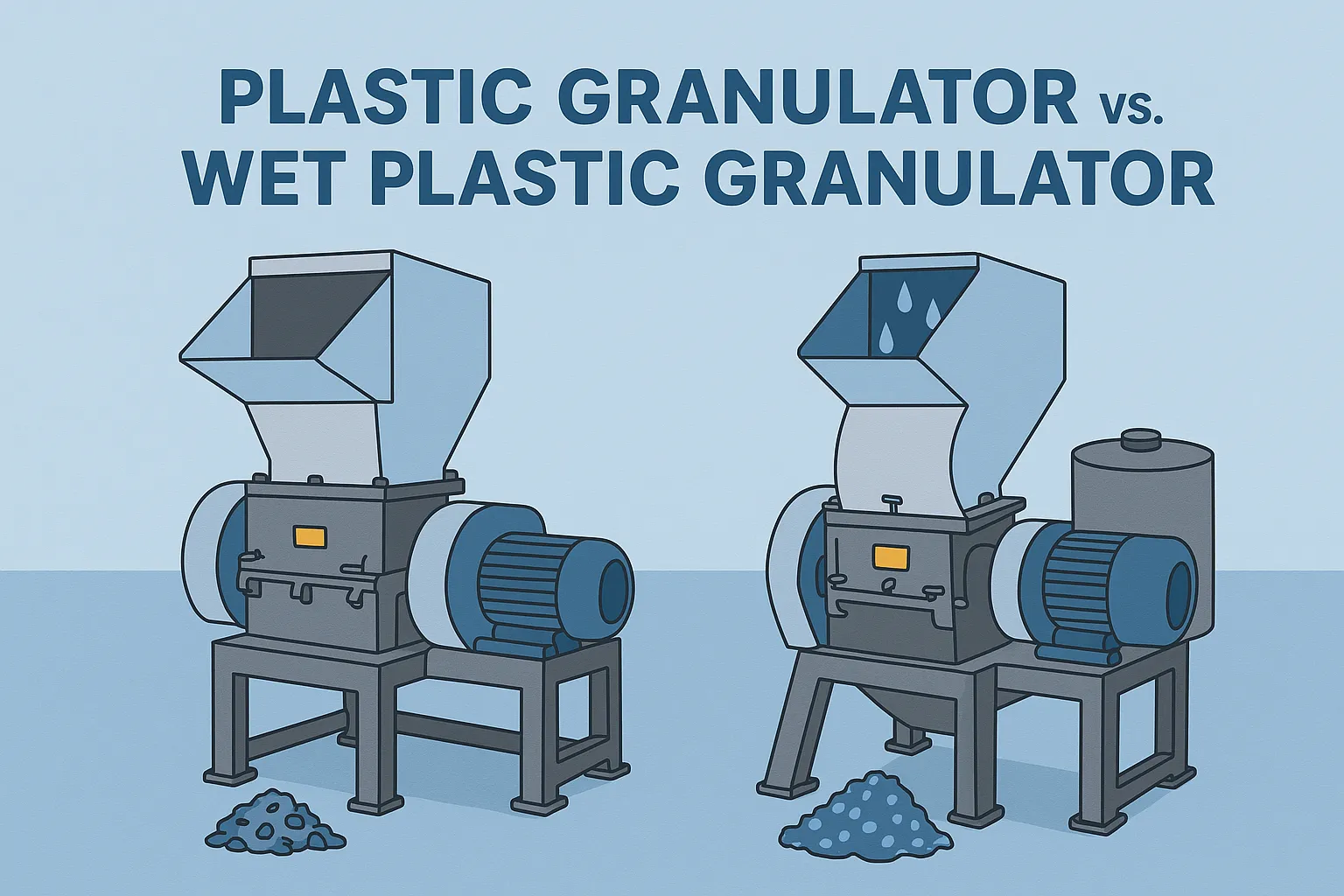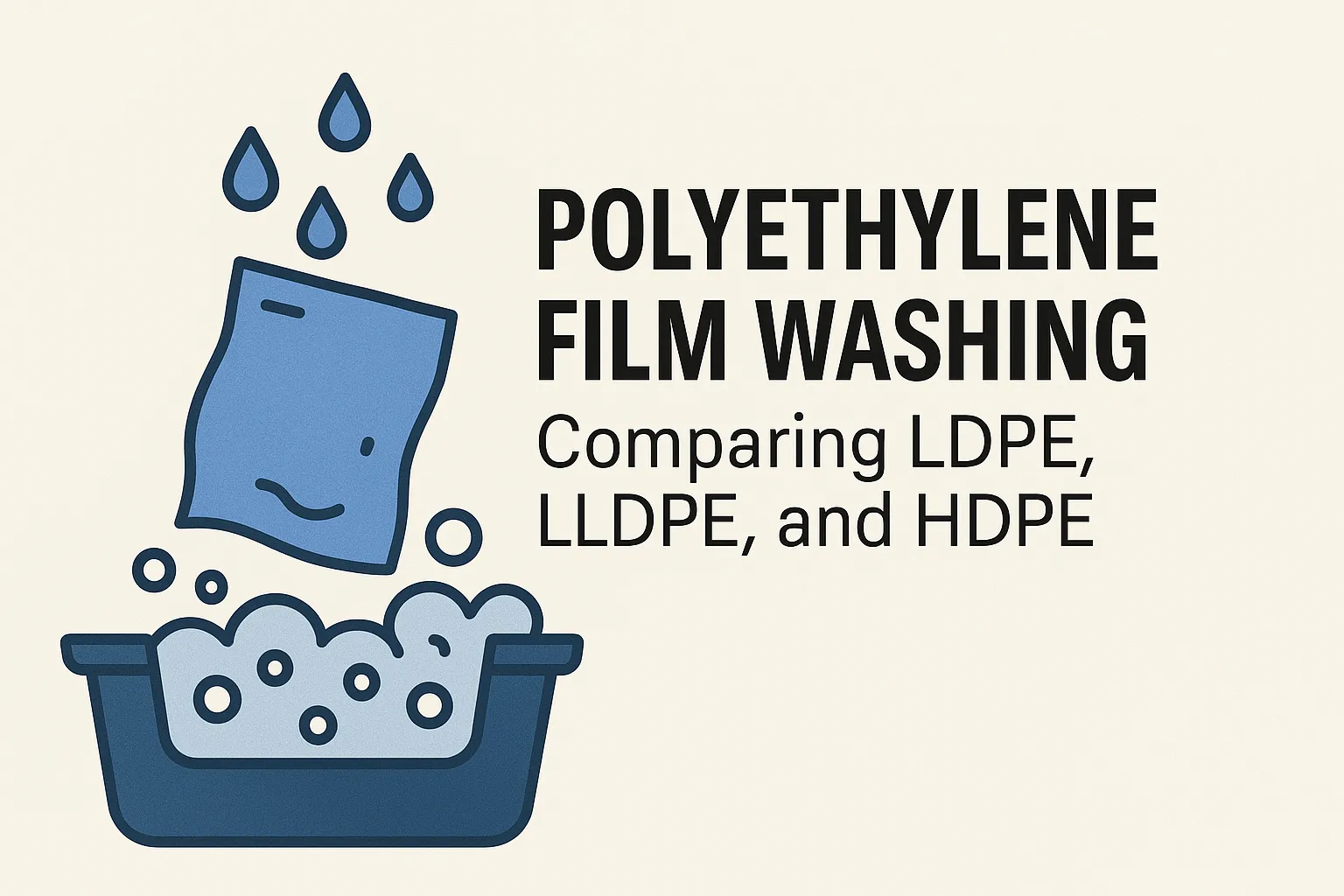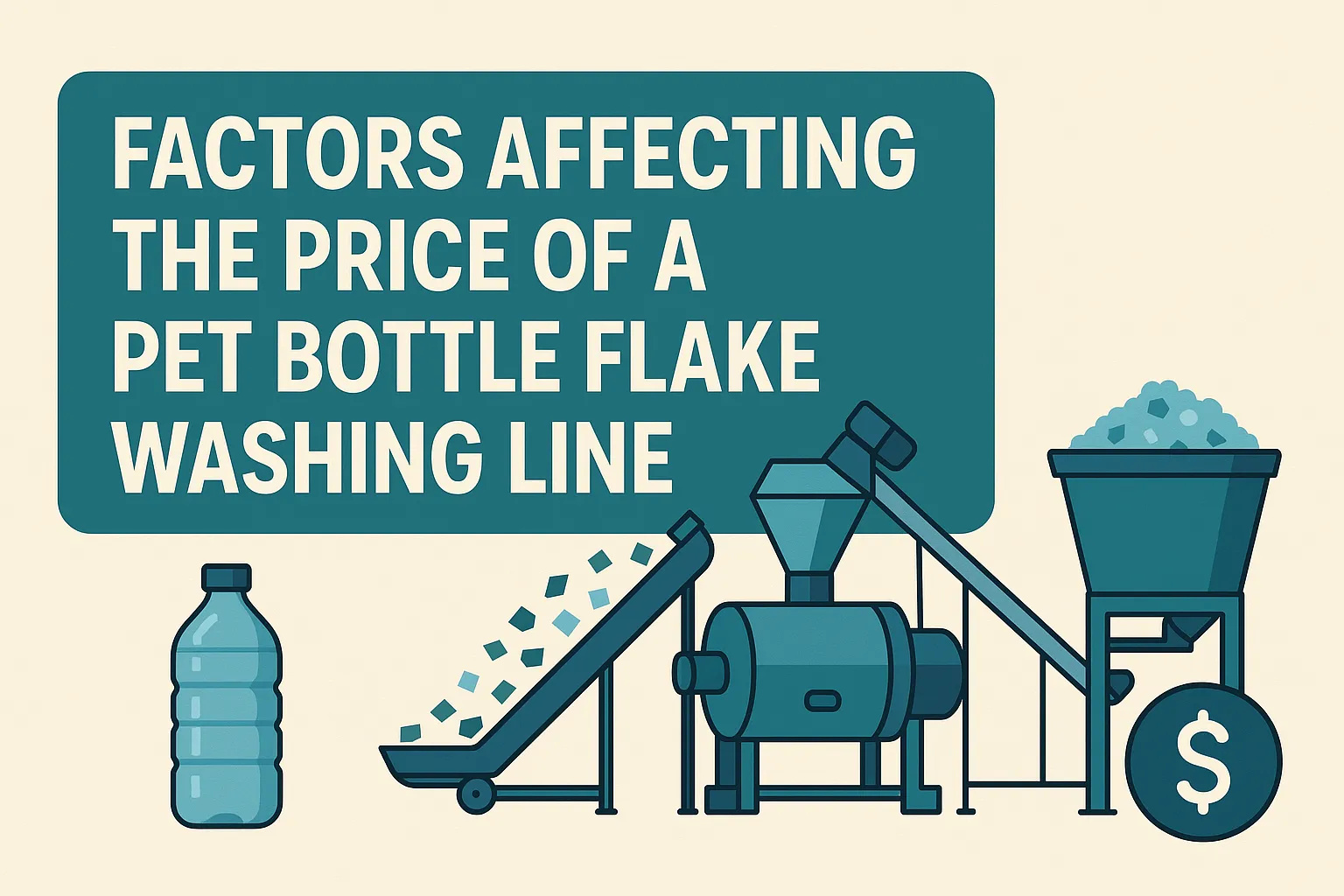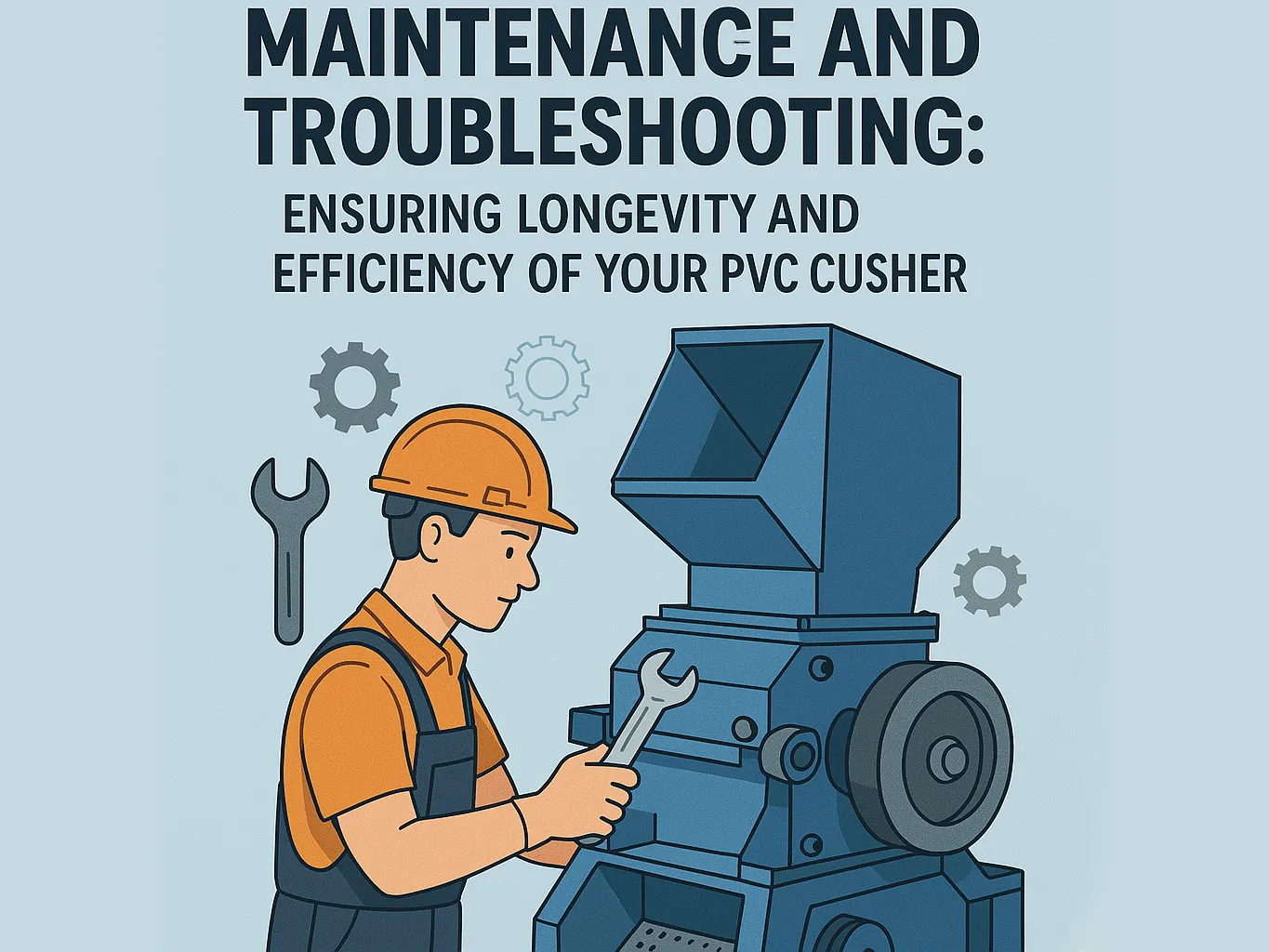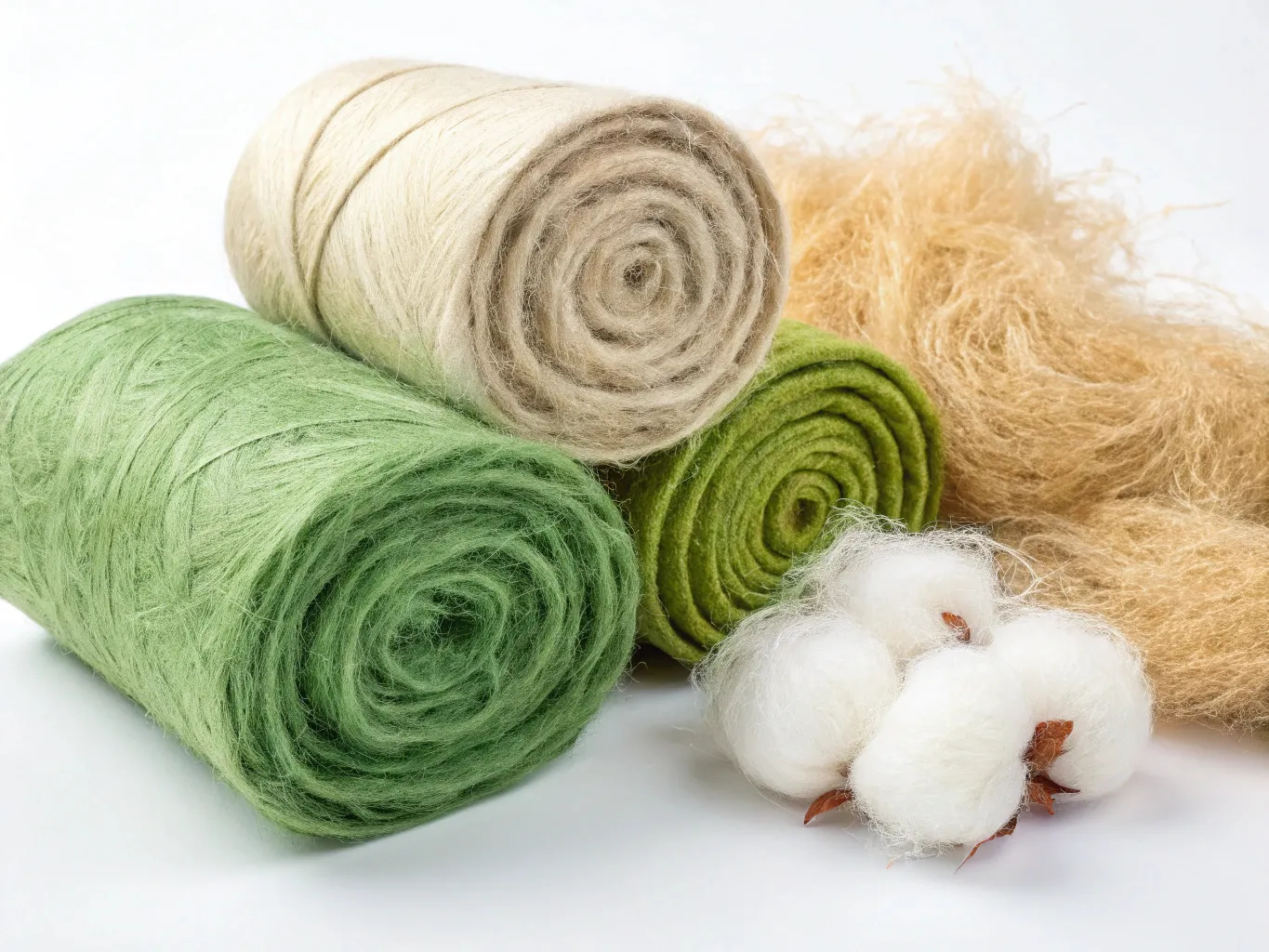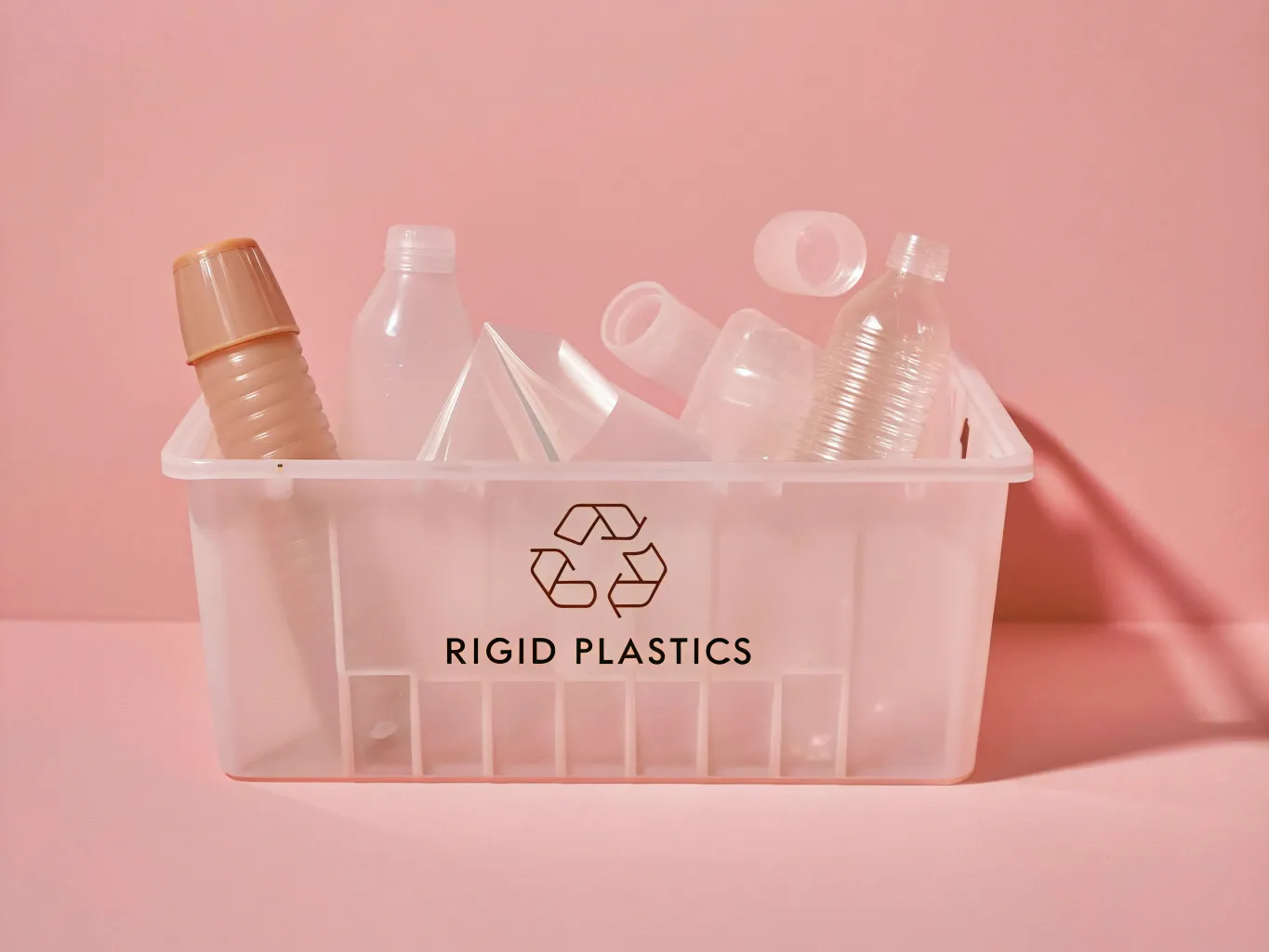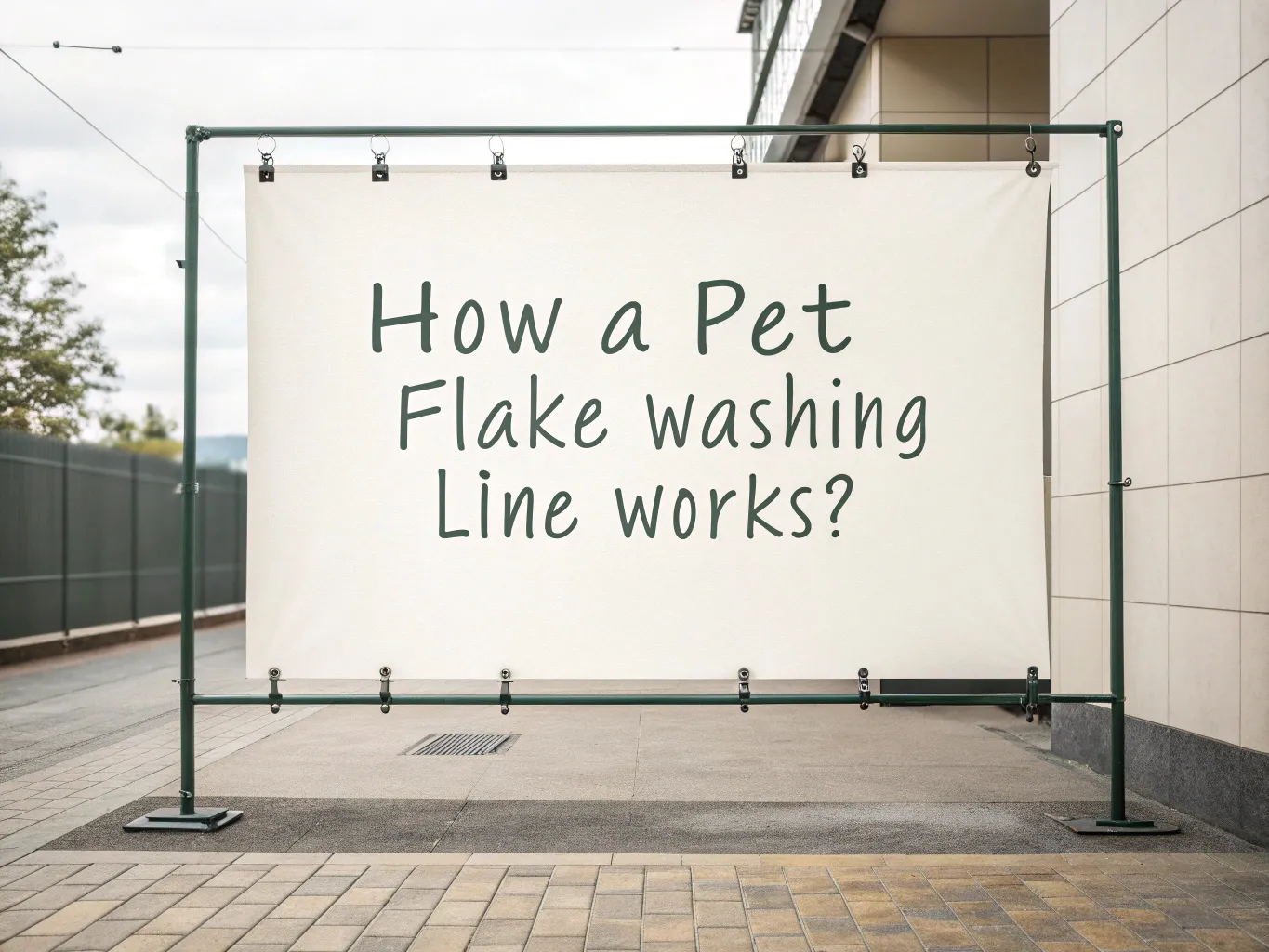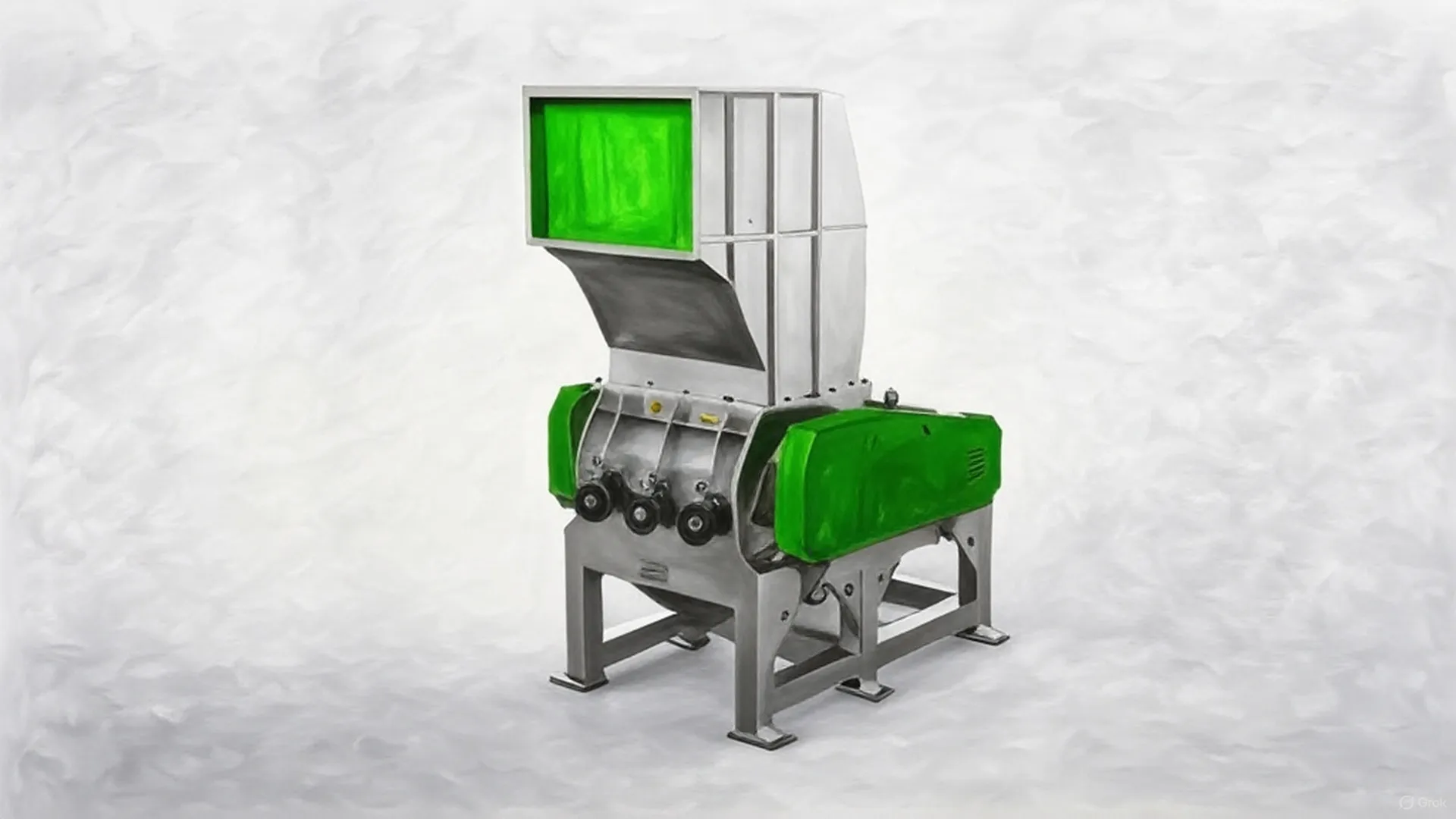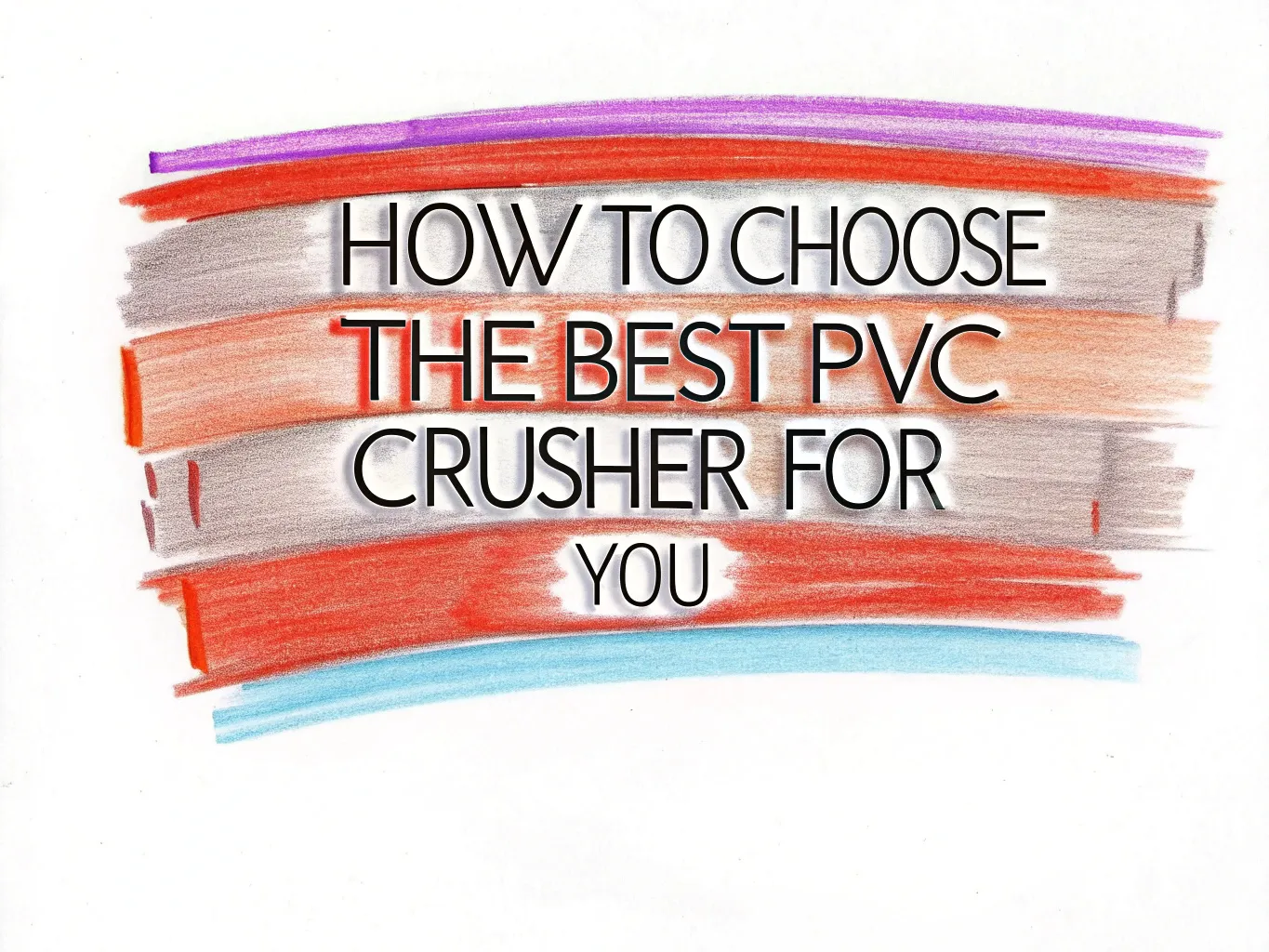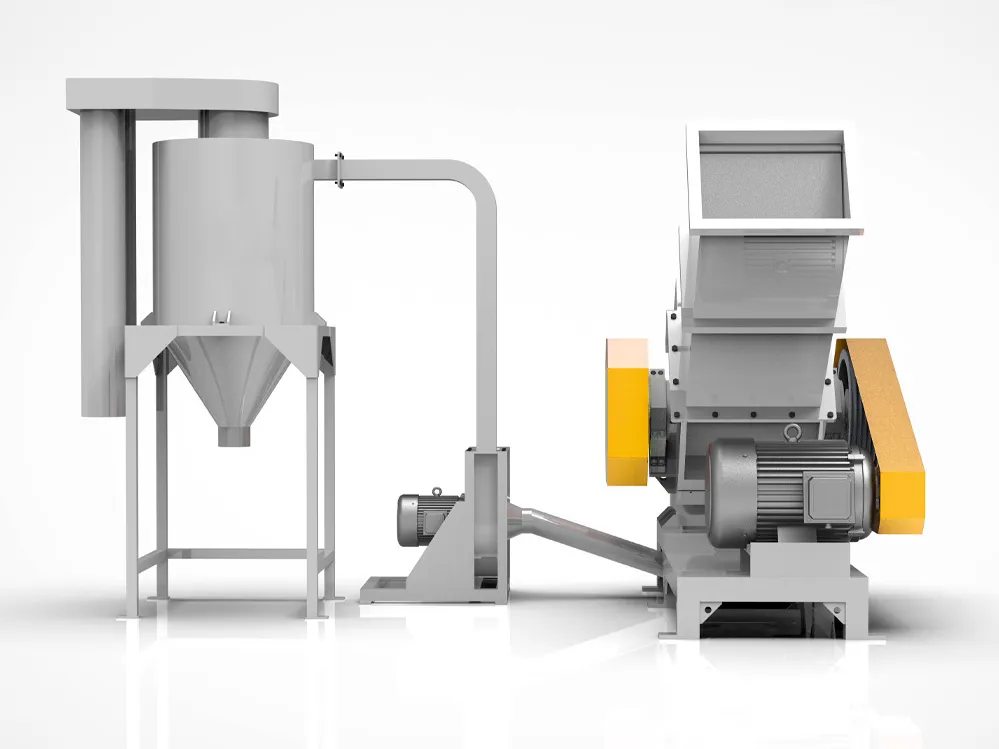Recycling Nieuws
The sheer volume of textile waste generated globally presents a significant challenge, but within this challenge lies a powerful opportunity for innovation and sustainability. Efficiently breaking down fabric materials into smaller components is a crucial step in both recycling and responsible waste management, paving the way for repurposing and minimizing environmental impact. Energiecel stands at the forefront of this effort, offering advanced textile shredders specifically engineered to tackle the complexities of fabric processing and contribute to a more circular economy.
In the dynamic world of plastic recycling, efficiency and effectiveness are paramount. A crucial step in this process involves reducing plastic waste into manageable pieces, and this is where plastic granulators come into play. While standard plastic granulators have been a workhorse in the industry, wet plastic granulators have emerged as a compelling alternative. This comprehensive comparison delves into the similarities and key differences between these two technologies, exploring their respective advantages and disadvantages to help you make an informed decision for your recycling operations.
Polyethyleen (PE)-folies behoren tot de meest veelzijdige en meest gebruikte materialen in de verpakkingsindustrie, landbouw, bouw en talloze andere industrieën. PE-folies staan bekend om hun duurzaamheid, flexibiliteit en kosteneffectiviteit en zijn er in verschillende vormen, elk met verschillende eigenschappen die geschikt zijn voor specifieke toepassingen. Wanneer het echter gaat om het recyclen of reinigen van deze folies, of het nu gaat om hergebruik of duurzaamheid, dicteren hun unieke eigenschappen verschillende wasvereisten. In dit artikel onderzoeken we de belangrijkste soorten PE-folies, hun praktische toepassingen en de wasprocessen die nodig zijn om ze effectief te onderhouden of te recyclen. Laten we erin duiken!
The recycling industry has seen tremendous growth in recent years, driven by increasing demand for sustainable practices and materials. One critical component of this industry is the PET (Polyethylene Terephthalate) bottle flake washing line—a sophisticated system designed to clean and process used PET bottles into high-quality flakes for reuse. Whether you're a recycling startup or an established business looking to upgrade your equipment, understanding the factors that influence the price of a PET bottle flake washing line is essential for making informed purchasing decisions. In this article, we’ll explore the key elements that affect the cost of these systems, offering practical insights to help you budget effectively and optimize your investment.
What Is a PET Bottle Flake Washing Line?
Before diving into the pricing factors, let’s clarify what a PET bottle flake washing line entails. This machinery is used to recycle post-consumer PET bottles (like water and soda bottles) by transforming them into clean, reusable flakes. The process typically includes sorting, crushing, washing, rinsing, drying, and sometimes pelletizing. The resulting PET flakes can be used to manufacture new bottles, textiles, or other plastic products. The price of this equipment can vary widely, ranging from tens of thousands to hundreds of thousands of dollars, depending on several variables. Let’s break them down.
Key Factors Influencing the Price
1. Production Capacity
The capacity of a PET bottle flake washing line—measured in kilograms or tons per hour—is one of the most significant cost drivers. A small-scale line with a capacity of 500 kg/hr will naturally cost less than a high-capacity system processing 3,000 kg/hr or more. Higher capacity lines require larger machines, more robust motors, and additional components to handle the increased throughput, all of which contribute to a higher price tag.
- Practical Insight: If you’re just entering the recycling market, start with a smaller capacity line (e.g., 500–1,000 kg/hr) to minimize upfront costs. As demand grows, you can scale up to larger systems.
- Prijsklasse: Small-scale lines might start at $50,000, while industrial-scale systems can exceed $300,000.
2. Level of Automation
Automation is a game-changer in modern recycling equipment. Fully automated washing lines, equipped with PLC (Programmable Logic Controller) systems and touch-screen interfaces, reduce labor costs and improve efficiency but come at a premium. Semi-automated or manual systems, while more affordable, require more human intervention, which can increase operational costs over time.
- Practical Insight: Consider your labor budget and production goals. For regions with high labor costs, investing in automation may pay off in the long run despite the higher initial price.
- Cost Impact: Fully automated systems can add $20,000–$100,000 to the base price compared to manual alternatives.
3. Material Quality and Durability
The materials used in constructing the washing line significantly affect its price and lifespan. High-quality systems often feature stainless steel (e.g., SUS304) for parts that contact water and plastic, ensuring corrosion resistance and durability. Cheaper models might use lower-grade materials, reducing upfront costs but potentially leading to higher maintenance expenses.
- Practical Insight: Opt for stainless steel components if you plan to run the line continuously or process heavily contaminated bottles. The initial investment will save you from frequent repairs.
- Cost Impact: Stainless steel construction can increase costs by 10–20% over basic steel or mixed-material options.
4. Washing Process Complexity
PET washing lines come in two main types: cold washing and hot washing. Cold washing uses room-temperature water and is more energy-efficient, making it cheaper to purchase and operate. Hot washing, which uses heated water to remove stubborn contaminants like grease or labels, requires additional heating systems and insulation, driving up the price.
- Practical Insight: Choose based on your input material. If your PET bottles are relatively clean, a cold washing line may suffice. For heavily soiled bottles or food-grade flake production, hot washing is worth the extra cost.
- Cost Impact: Hot washing systems can cost 15–30% more than cold washing lines due to added heating and energy requirements.
5. Customization and Additional Features
Every recycling operation has unique needs, and manufacturers often offer customizable options. Features like advanced sorting systems (e.g., color or material sorters), friction washers, or specialized drying units can enhance flake quality but increase the price. Similarly, turnkey solutions that include installation and training will cost more than basic equipment packages.
- Practical Insight: Prioritize features that align with your end-product goals. For example, if you’re targeting food-grade PET flakes, invest in high-quality sorting and washing add-ons.
- Cost Impact: Customization can add $10,000–$50,000 or more, depending on the complexity.
6. Manufacturer Reputation and Origin
The brand and country of origin play a big role in pricing. Established manufacturers with a proven track record (e.g., from Europe or North America) often charge more due to superior engineering and after-sales support. Conversely, manufacturers from regions like China may offer competitive pricing, though quality and support can vary.
- Practical Insight: Research supplier reviews and request references. A slightly higher price from a reputable brand might be justified by reliability and service, especially for long-term operations.
- Cost Impact: European or U.S.-made lines might cost 20–50% more than similar systems from emerging markets.
7. Energy and Water Efficiency
Sustainability is a growing concern, and energy-efficient machines can lower operating costs. However, these systems often require advanced technology—like heat recovery systems or optimized water recycling—which increases the purchase price. Lines designed to minimize water usage also tend to cost more due to additional filtration and treatment components.
- Practical Insight: Calculate your local energy and water costs. In areas with high utility rates, an efficient system could offset the higher upfront cost within a few years.
- Cost Impact: Energy-efficient designs can raise prices by 10–25%.
8. After-Sales Support and Warranty
A comprehensive warranty and reliable after-sales service (e.g., spare parts availability, technical support) can add to the cost but provide peace of mind. Budget models might lack robust support, leaving you vulnerable to downtime and repair expenses.
- Practical Insight: Factor in the cost of downtime. A slightly pricier system with a strong warranty might be cheaper than frequent repairs on a budget model.
- Cost Impact: Extended warranties and support packages can add $5,000–$20,000 to the total.
Hidden Costs to Consider
Beyond the sticker price, several hidden factors can affect your total investment:
- Shipping and Installation: Importing equipment from overseas can incur significant freight and customs fees, while installation might require specialized technicians.
- Operationele kosten: Energy, water, and labor expenses vary by region and system efficiency.
- Onderhoud: Regular servicing and replacement parts should be budgeted annually.
Practical Insight: Request a detailed quote that includes shipping, installation, and a year’s worth of operational cost estimates to avoid surprises.
How to Optimize Your Investment
To get the best value for your money, follow these steps:
- Assess Your Needs: Determine your production volume, input material quality, and target flake purity to avoid over- or under-spending.
- Compare Quotes: Source proposals from multiple suppliers and evaluate them based on features, not just price.
- Negotiate: Many manufacturers offer discounts or flexible payment terms, especially for bulk or repeat orders.
- Plan for Scalability: Choose a system that can be upgraded rather than replaced as your business grows.
Conclusie
The price of a PET bottle flake washing line is influenced by a mix of technical, operational, and market factors. From production capacity and automation to material quality and manufacturer reputation, each element plays a role in determining the final cost. By understanding these variables and aligning them with your business goals, you can invest wisely in a system that delivers both quality flakes and long-term profitability. Whether you’re aiming for a budget-friendly setup or a high-end, food-grade operation, thorough research and planning are your keys to success in the dynamic world of PET recycling.
Ready to take the next step? Start by defining your recycling goals and reaching out to suppliers for tailored quotes—your sustainable future awaits!
Proper maintenance is essential for ensuring the long-term efficiency, reliability, and safety of PVC crushers . Regular maintenance can prevent breakdowns, reduce downtime, and extend the lifespan of the machine. Here are some key maintenance tips and common troubleshooting methods:
Dit artikel onderzoekt gerecyclede polyethyleentereftalaat (PET)-vezels en behandelt de productie, eigenschappen, toepassingen en milieuvoordelen. Het is bedoeld voor professionals in de industrie en benadrukt de rol van Machines voor het recyclen van PET-flessen bij het omzetten van afval in duurzaam textiel.
Plastics can be categorized in various ways, including by their resin identification code (number) or by their physical properties, such as being rigid or flexible. This article delves into the world of stijve kunststoffen – materials characterized by their stiffness, structural integrity, and ability to maintain shape under normal conditions. Given their widespread use across numerous industries, understanding the different types of rigid plastics and, crucially, how to effectively recycle them is essential for sustainability.
In een tijdperk waarin duurzaamheid voorop staat, is het recyclen van polyethyleentereftalaat (PET) een cruciaal onderdeel van afvalbeheer geworden. PET is te vinden in alles van drankflessen tot voedselverpakkingen en is zeer recyclebaar, maar alleen als het op de juiste manier wordt verwerkt. Een PET-vlokkenwaslijn is waar de magie gebeurt, waarbij vuil, weggegooid plastic wordt omgezet in ongerepte vlokken die klaar zijn voor hergebruik.
Bij het werken met PVC (polyvinylchloride), of het nu voor recycling, productie of industriële doeleinden is, komen doorgaans twee primaire methoden naar voren: vermalen en breken. Hoewel deze termen vaak met elkaar worden verward, verwijzen ze in feite naar verschillende processen met unieke uitkomsten en toepassingen. Voor bedrijven, ingenieurs of zelfs doe-het-zelvers die met PVC werken, kan het weten hoe vermalen verschilt van breken de efficiëntie aanzienlijk verbeteren, kosten verlagen en workflows vereenvoudigen. Deze gids verduidelijkt de verschillen tussen deze methoden, schetst hun praktische toepassingen en biedt inzichten om u te helpen de beste aanpak te selecteren.
Een geschikte selecteren PVC-breker is de sleutel tot het verbeteren van de recyclingefficiëntie, het verlagen van operationele kosten en het produceren van consistent hoogwaardig gerecycled materiaal. Om de beste match te vinden, moeten bedrijven rekening houden met de volgende cruciale factoren:
Bij de verwerking van PVC-profielen en soortgelijke materialen zijn gespecialiseerde PVC-profielbrekers tonen duidelijke voordelen ten opzichte van standaardbrekers in zowel ontwerp als prestatie. Deze vergelijking benadrukt belangrijke verschillen, met name in het verwerken van lange profielen, stofreductie en het verbeteren van de kwaliteit van gerecyclede pellets - cruciale factoren voor een weloverwogen apparatuurselectie.


